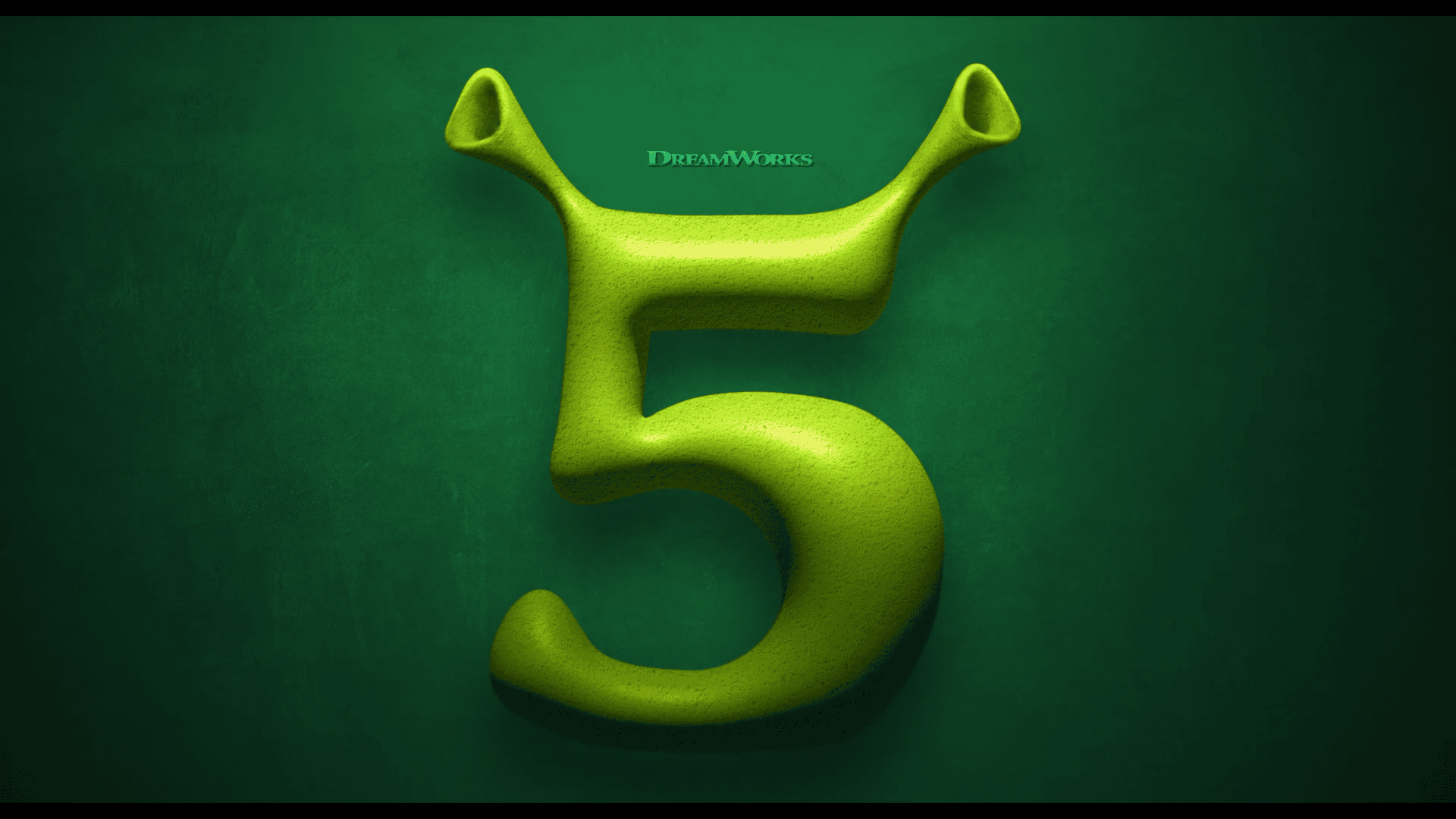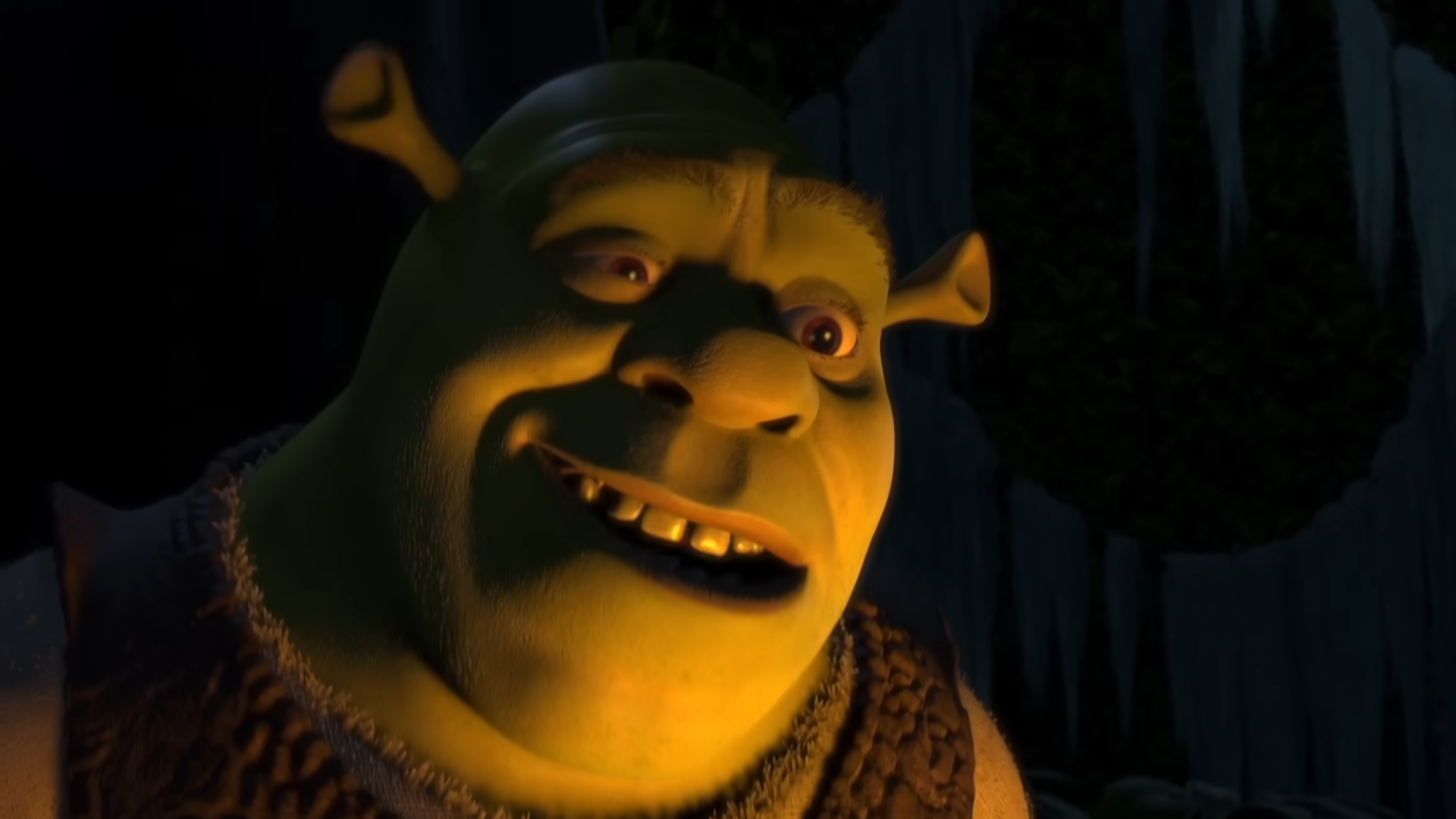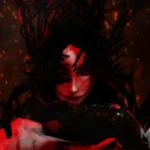Release Date Shift
DreamWorks Animation and Universal Pictures have moved Shrek 5 from its original July 1, 2026 window to December 23, 2026. The holiday frame positions the film to capitalize on family moviegoing traditions and sidestep a crowded summer that already includes other animation juggernauts. A late-December launch also echoes the successful winter rollout of Puss in Boots: The Last Wish, which legged out at the box office thanks to word-of-mouth over the holidays.
Why the Delay Helps

Beyond avoiding head-to-head competition, the six-month cushion gives the production team extra polish time. Modern CG pipelines at DreamWorks now rely on real-time rendering tools—borrowed in part from the tech behind The Bad Guys—that allow filmmakers to iterate lighting and effects faster, but the studio is using the extension to refine facial rigs and cloth simulations so the characters’ upgraded designs feel both fresh and faithful.
Internally, artists have also been integrating new stage-craft techniques (virtual LED backdrops for reference plates) that were pioneered on Kung Fu Panda 4; the delay means those shots can reach theatrical-feature quality rather than “good-enough” streaming standards.
Returning Cast and New Faces
Mike Myers, Eddie Murphy, and Cameron Diaz are officially back as Shrek, Donkey, and Fiona. Murphy has been open in recent interviews about recording “twice the usual dialogue” for Donkey, fueling speculation that Universal is eyeing a Donkey-centric spinoff if the fifth film lands. The biggest casting headline, though, is Zendaya as teenage Felicia—Shrek and Fiona’s firstborn. Her addition signals a generational hand-off storyline that could open the door for future sequels without sidelining the franchise’s original heroes.
Story & Setting: What the Teaser Reveals
The February 2025 teaser opens with a tongue-in-cheek fairy-tale scroll that burns away to reveal Shrek’s swamp, now bustling with ogre–kid mayhem. Key takeaways:
- Felicia’s Arc – The teaser frames her as a restless teen caught between swamp life and the wider kingdom. Early storyboards leaked from licensing expos show her auditioning for the Duloc Royal Conservatory, hinting at a “leaving the nest” conflict.
- Villain Tease – A shadowy figure with an hourglass hints at Rumpelstiltskin’s return—this time wielding time-bending magic to rewrite happily-ever-afters.
- Meta Humor Level-Up – One gag spoofs modern streaming menus, with Shrek scrolling past endless spin-off suggestions before smashing the interface with his club.
Production Team & Animation Evolution
Directors Walt Dohrn and Conrad Vernon—veterans of Shrek 2 and Monsters vs. Aliens—share the chair with co-director Brad Ableson, whose storyboard chops on The Simpsons Movie bring sharper visual comedy. Chris Meledandri’s presence as producer (courtesy of the DreamWorks-Illumination alignment) is already visible in the film’s crisper, brighter palette and punchier slapstick timing.
Technically, Shrek 5 is the studio’s first feature to use “ShrekFusion,” a pipeline upgrade that marries Illumination’s fast iteration model with DreamWorks’ high-resolution asset library. Expect more nuanced skin shaders, bolder color grading, and dynamic camera work that wasn’t possible when Shrek Forever After bowed in 2010.
Franchise Strategy & Streaming Outlook
Universal’s distribution blueprint mirrors its recent releases: a minimum 120-day theatrical window, followed by an exclusive run on Peacock before the film heads to premium video-on-demand and, eventually, Netflix under the studio’s pay-two output deal. Merchandising is rolling out in phases, with a Funko line dropping at San Diego Comic-Con 2025 and a videogame tie-in—rumored to be developed in Unreal Engine 5—slated for fall 2026.
Key Dates to Watch
- January 10, 2025 – Release-date shift publicly confirmed
- February 27, 2025 – Teaser trailer debuted worldwide
- Summer 2026 – Final full trailer expected alongside Minions 3
- December 23, 2026 – Shrek 5 hits U.S. and Canadian theaters
Fans may have to wait a bit longer, but the extra time promises a sharper, more visually ambitious return to the swamp—one aimed squarely at holiday moviegoers and a new generation of Shrek devotees.
Re-Visiting The Ugly Sonic Meme
Once a symbol of cinematic misjudgment, Ugly Sonic has become one of pop culture’s most unexpected meme icons. Originally introduced in the infamous 2019 trailer for the *Sonic the Hedgehog* movie, this rejected character design horrified fans with its oddly human proportions, unsettling teeth, and small, separated eyes. Though quickly scrapped and replaced, Ugly Sonic’s bizarre legacy has only grown more beloved in hindsight.
While the character was never intended to exist beyond the initial trailer, Ugly Sonic’s cultural afterlife proved surprisingly long-lasting. His most notable resurrection came in 2022, when he appeared in a self-parodying role in Disney’s Chip ‘n Dale: Rescue Rangers. Voiced by Tim Robinson, this version of Ugly Sonic leaned fully into the meme status—presenting the character as a washed-up celebrity living off convention appearances and fan notoriety.
Paramount, recognizing the ironic affection fans had developed for the design, occasionally acknowledged the meme in playful ways. One such moment came with a limited-edition Ugly Sonic Christmas sweater giveaway during early promotion for Sonic the Hedgehog 3. What started as an embarrassment became a nostalgic Easter egg and collectors’ item.
Ben Schwartz, who voices Sonic in the films, has spoken openly about the debacle. He credited the decision to redesign Sonic as pivotal to the franchise’s success, noting how rare it was for a major studio to listen so directly to fan backlash—and course-correct so drastically before a film’s release.
Key Takeaways
- Ugly Sonic became a meme after being removed from the original 2019 Sonic the Hedgehog movie design.
- The character made a surprise return in Chip ‘n Dale: Rescue Rangers as a self-aware parody.
- Paramount occasionally references the design in promotional material, embracing the meme’s legacy.
- The fan-led redesign of Sonic set a precedent for how studios now respond to audience feedback.
A Redesign That Changed the Industry
The redesign of Sonic remains one of Hollywood’s most significant course corrections. When the original trailer dropped, the backlash was immediate and overwhelming. Memes flooded the internet. Fans and newcomers alike were united in their disbelief. It was the kind of cultural moment that trended globally—not because of excitement, but because of shared horror.
The Fallout and Fan Response
Social media quickly christened the character “Ugly Sonic.” He became a punchline, featured in reaction images, YouTube rants, and parody videos. The design was so universally panned that Paramount delayed the film by months and spent an estimated $5 million redoing Sonic’s appearance to better match his classic look from the games.
The redesigned Sonic was met with applause. With larger eyes, white gloves, and a more cartoon-accurate aesthetic, fans felt heard—and rewarded. That good faith translated into real box office success, spawning sequels, spin-offs, and a broader cinematic universe. It was proof that listening to fans could actually save a film.
From Disaster to Meme Icon
While the “Ugly Sonic” design was left behind in official Sonic content, it took on a life of its own online. The 2022 Chip ‘n Dale cameo elevated Ugly Sonic from meme to meta-joke. The film openly mocked the controversy, depicting him as an exiled character trying to reclaim relevance—an amusingly self-aware twist that resonated with meme-savvy audiences.
Since then, references to Ugly Sonic have popped up in merchandise and commentary. A Christmas sweater featuring his face sold out quickly as fans snapped up this slice of internet history. His existence has even been cited when other redesign controversies occur—serving as the go-to example of what not to do.
Legacy in Pop Culture
Ugly Sonic never appeared in the actual Sonic the Hedgehog films and remains entirely separate from the canon. But his journey—from horrifying teaser to fan-favorite parody—has given him a rare kind of postmortem fame. He stands as both a warning and a celebration: a failed idea that fans turned into something unforgettable.
For Paramount and the broader industry, the Ugly Sonic saga served as a wake-up call. Studios now pay closer attention to fan expectations, especially when adapting iconic characters. What started as a PR disaster ended up being a milestone in the history of fandom influence on modern filmmaking.
Frequently Asked Questions
Who voices Ugly Sonic in Chip ‘n Dale: Rescue Rangers?
Ugly Sonic is voiced by comedian Tim Robinson in the 2022 Disney+ film. His character is portrayed as a down-on-his-luck con guest, playing off the real-world reaction to his existence.
Did Ugly Sonic appear in the main Sonic movie franchise?
No. The original design was scrapped before the final cut of the first movie. The redesigned Sonic—closer to the video game version—has been used in all official films.
Is Ugly Sonic officially part of the Sonic canon?
No, he’s not considered canon. His appearance in Rescue Rangers is a standalone parody and isn’t recognized as part of the Sonic cinematic universe or video game series.
Could Ugly Sonic return in future media?
While unlikely to appear in official Sonic projects, Ugly Sonic could return in other comedic or self-aware cameos. His meme status ensures he won’t be forgotten—but he’ll likely remain outside the core franchise.
What’s the biggest legacy of Ugly Sonic?
His legacy is twofold: first, as a cautionary tale in design missteps, and second, as an internet meme that transcended its origins. Ugly Sonic proved that even a failure can become a fan favorite—with the right amount of self-awareness and humor.







